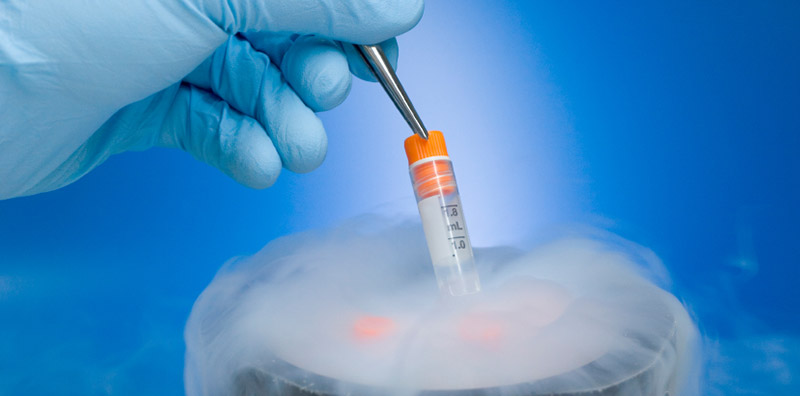
11:39 3rd July 2015 | Frozen Eggs
Frozen Embryo Successful Womb Transfer IVF Cycle Medication Frozen Embryo Transfer (FET)
For many couples, the journey to conception can be filled with challenges, especially after experiencing one or more failed IVF cycles. If you find yourself in this situation, your doctor might suggest considering a Frozen Embryo Transfer (FET). This procedure has gained popularity due to its potential to improve success rates in subsequent IVF cycles. Let’s explore how FET works and why it might be a beneficial option for you.
Frozen Embryo Transfer (FET) is a process that involves using embryos that were created during a previous IVF cycle. These embryos are frozen and stored until you are ready for another attempt at pregnancy. Here’s a step-by-step breakdown of the FET process:
Absolutely. FET is a well-established procedure developed by international scientists and doctors, and it is used worldwide with a high success rate. The entire process is closely monitored to ensure the utmost care and safety of your embryos. You can trust the medical team to handle your embryos with the highest level of professionalism and diligence.
Studies have shown that FET can lead to higher success rates in subsequent IVF cycles. This is because the process allows for better synchronization between the embryo and the uterine environment.
Since the embryos are already created and frozen, there is no need for the intensive egg retrieval process again. This can make the cycle less physically and emotionally taxing.
FET offers more flexibility in timing, allowing you to choose the most optimal moment for embryo transfer, both physically and emotionally.
A Frozen Embryo Transfer (FET) can be a hopeful path forward if you’ve experienced failed IVF cycles. It leverages advanced scientific techniques to enhance your chances of success while offering a less stressful and more flexible approach to achieving pregnancy.
At Bridge Clinic, we are committed to helping you achieve your dream of parenthood and supporting you throughout your fertility journey. If you’re ready to take the next step, contact us today to schedule a consultation. With our expertise and care, you can unlock the possibilities of your fertility journey and take a significant step towards realizing your dreams.
Contact us today on 01 631 0092. or +234 (0)810 460 7791 via WhatsApp to schedule a consultation
Give us a visit also at:
Search by condition, treatment or keyword and conveniently browse our informative articles
Book an appointment online or search for a clinic close to you.
Book an Appointment